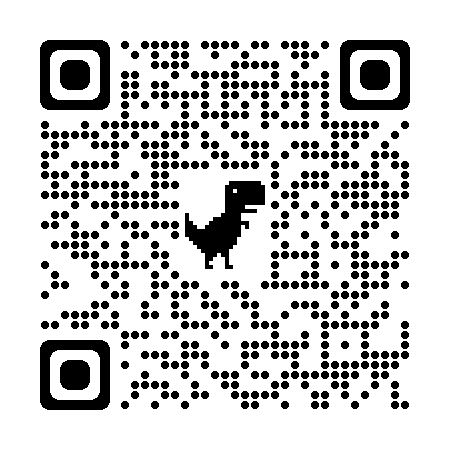Texting is part of our life now
- Details
- Written by Super User
- Category: World mixed
We all love to text. Digital life getting faster and faster due to apps improvment or aide using apps. Most common abbreviations & most common acronyms help texting more efficient and interactive.
Common texting uses are: OMG, WTF, GTFO, AFAIK, BFF, BRB, BTW, FAQ, IDK, IIRC, IMO, IMHO, IRL, LMAO, LOL, OTOH, POV, ROTFL, ROTFLMAO, SMH, STFU, TL;DR, TMI, TTYL, YMMV, WTH, wtf meaning, gtfo.
Let's go back to history of texting step by step
In 1830s Samuel Morse developed the telegraph and laid the groundwork for instant two-way communication thanks to the technology’s concept of wired-based electrical systems.
On March 10, 1876, Alexander Graham Bell made the first phone call. He created the telephone based on the telegraph’s structural framework.
In 1971, Two major advances in real-time, two-way communication happened this year. The first email was delivered between two computers on a closed network, and government agencies began using instant messaging as a chat function.
In April 3, 1973, Martin Cooper, a researcher and executive at Motorola, made the first mobile phone call. He called Dr. Joel Engel, an engineer at Motorola’s rival company Bell Labs.
In 1983, Mobile phones became available for consumer purchase in the U.S. Each cost nearly $4,000.
In 1984, Finnish engineer Matti Makkonen comes up with the idea of the text message. He was having pizza at a telecommunications conference in Copenhagen.
In 1985, The concept of a Short Message Service (SMS), what we now know as texting, was developed by Friedhelm Hillebrand and Bernard Ghillebaert. On a typewriter, they experimented with the character length of a message that was long enough to communicate effectively but s
hort enough to be sent over the bandwidth constraints of existing wireless networks.
In December 3, 1992, British engineer Neil Papworth sends the first text message reading “merry Christmas” from a personal computer to a cell phone across town belonging to Vodafone executive Richard Jarvis. The cell phone was an Orbitel 901 and wasn’t equipped to send a response.
In 1993, Nokia was the first handset manufacturer to support user-to-user text messaging on their GSM (global system for mobile communications) phone line.
In 1994, Networks began offering person-to-person texting, but only between two people on the same network. And multi-tap texting was our only available — you know, where you had to press the numbers on our keypads multiple times until we got the letter we wanted.
In 1995, Entrepreneur Cliff Kushler comes to our rescue and invented T9 (Text on 9 Keys) predictive texting to give our thumbs a break.
In 1997, Nokia really saves us with the introduction of the QWERTY keyboard, the standard layout that we all now use.
In 2002, Multimedia messaging service (MMS) arrives, allowing us to send photos and videos to each other.
In 2007, Apple introduces the world to the iPhone and texting’s popularity soars.
Today, We now send 16-18 million texts every minute!
- Hits: 68849



